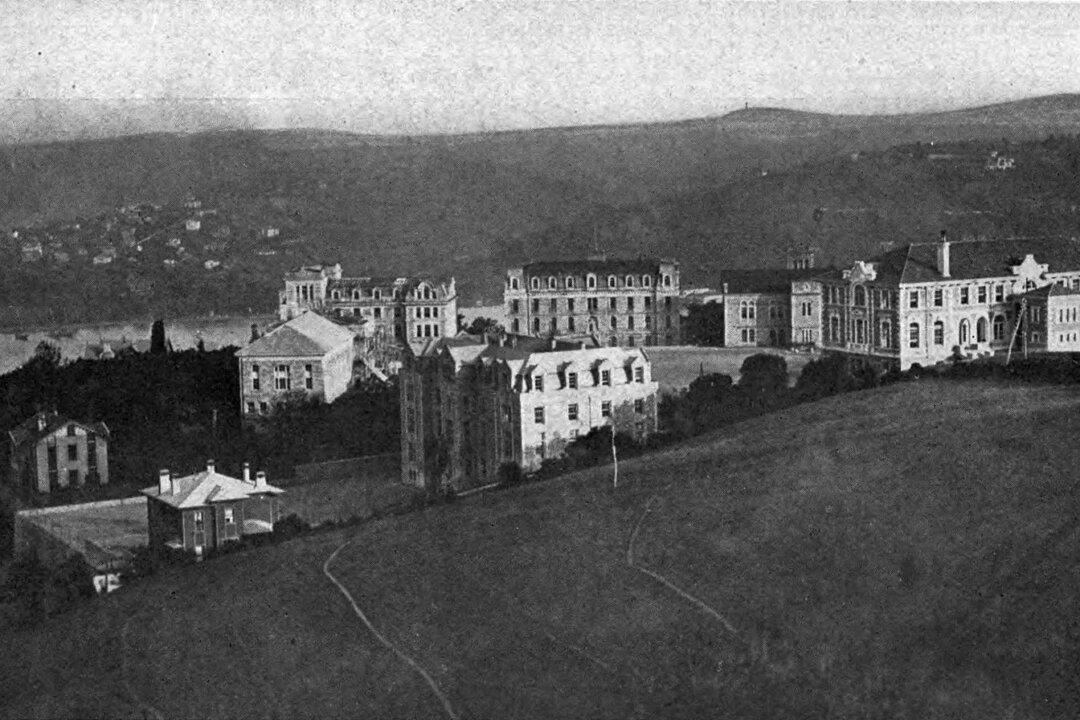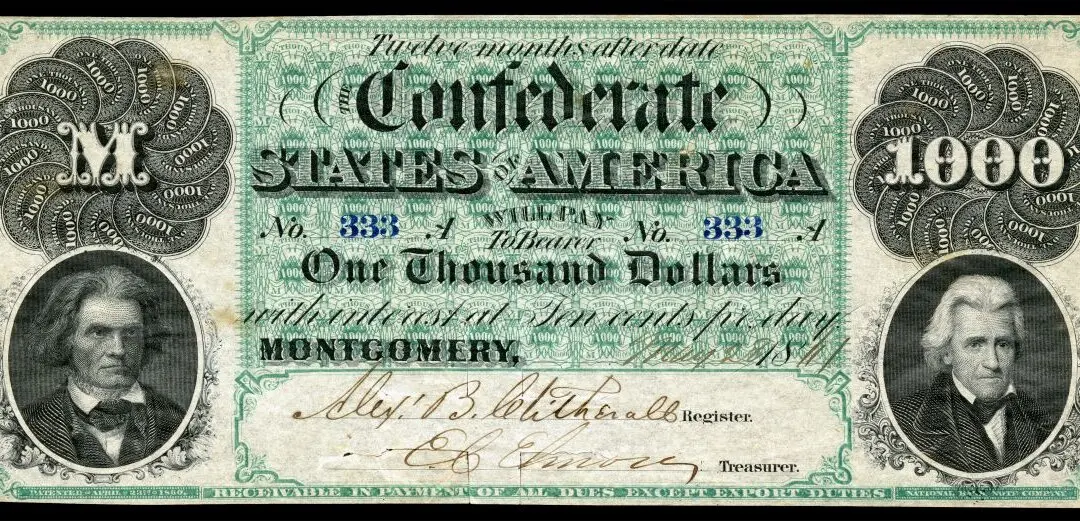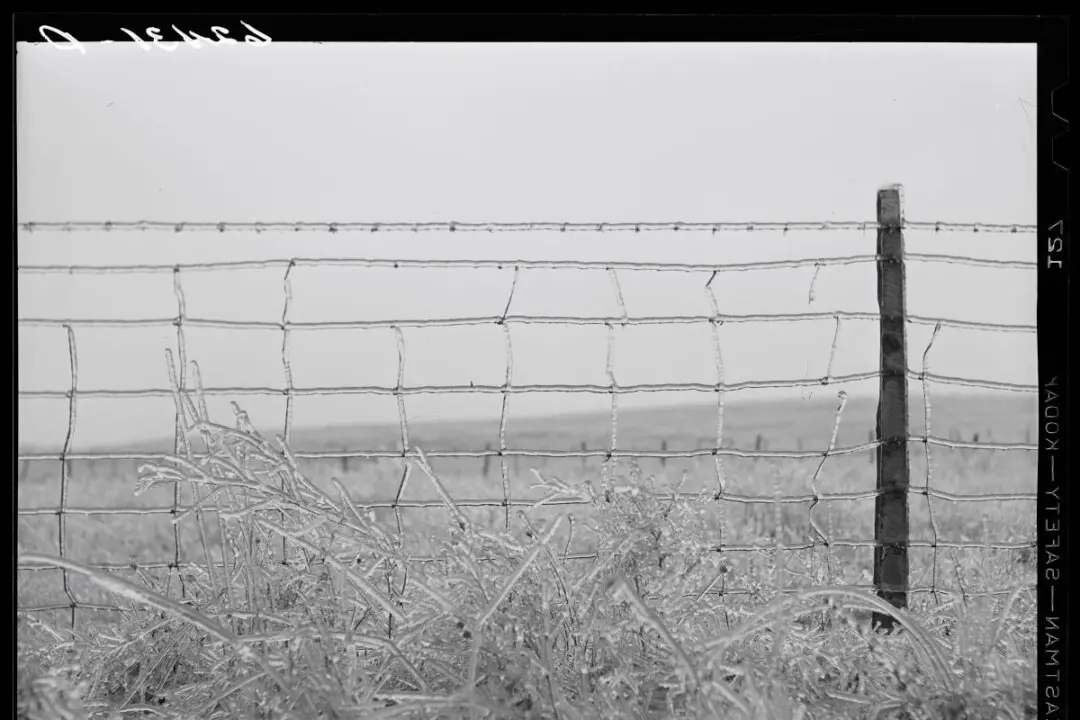On Oct. 25, 1854, one of the most memorable, heroic and tragic moments in military history took place. A British officer by the name of James Brudenell recalled the moment: “We advanced down a gradual descent of more than three-quarters of a mile, with the batteries vomiting forth upon us shells and shot, round and grape, with one battery on our right flank and another on the left, and all the intermediate ground covered with the Russian riflemen.”
Brudenell, also known as Lord Cardigan, had commanded this charge into the “shells and shot, round and grape.” The moment would be memorialized later that year by Britain’s poet laureate Alfred, Lord Tennyson in his poem “The Charge of the Light Brigade.” It was apparent that Tennyson had read Brudenell’s account, as one of his stanzas reads:
Cannon to right of them, Cannon to left of them, Cannon in front of them Volleyed and thundered; Stormed at with shot and shell, Boldly they rode and well, Into the jaws of Death, Into the mouth of hell Rode the six hundred.






